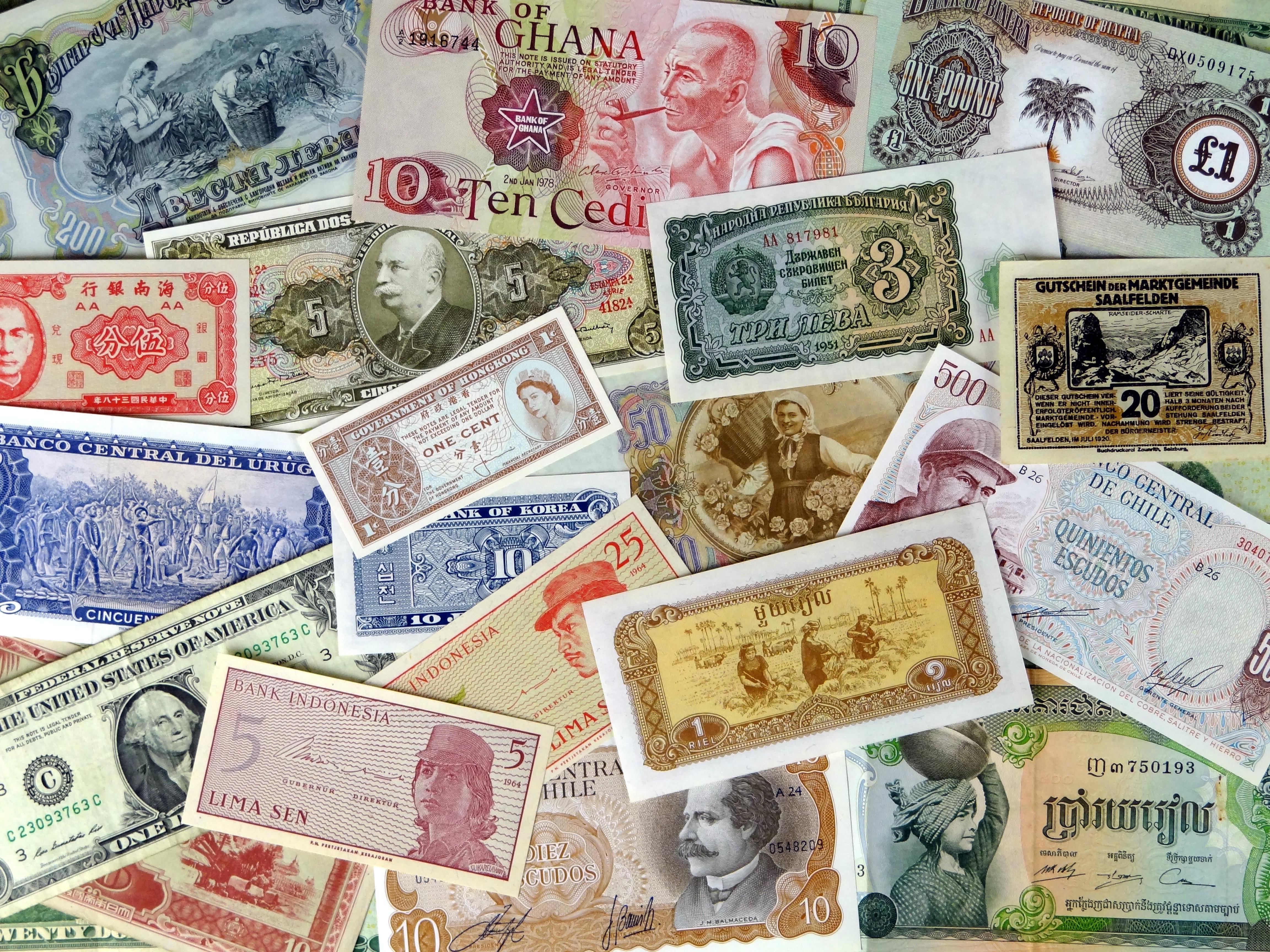
09 Jul How to allocate international investments
Photo: DodgertonSkillhause/morguefile.comQ. I have 30 percent of my investments in international mutual funds. What’s the best way to break it down? I am 45 years old.
A. Before getting into detail about how to invest internationally, let’s make sure your percentage of assets in international is appropriate.
If you have a long time horizon and high risk tolerance, a portfolio heavily weighted towards stocks is ideal to provide the most potential return, said Brian Kazanchy, a certified financial planner with RegentAtlantic Capital in Morristown.
He said because you’re 45 and you appear to be an aggressive investor, we’ll assume that you have an 80 percent stock and 20 percent bond portfolio.
“If you were merely tracking the world stock index with your 80 percent stock allocation, you end up with approximately 40 percent of your portfolio in U.S. stocks and 40 percent in international stocks,” he said.
Kazanchy said international stocks provide great diversification for a portfolio and should include allocations to large and small companies in both developed and emerging markets. But, he said, he would not recommend an equal split between U.S. and foreign stocks.
“As U.S. citizens who spend dollars, I recommend that we maintain an overweight to U.S. equities,” he said. “For example, a portfolio with 20 percent bonds, 50 percent U.S. stocks and 30 percent foreign stocks is my recommendation based on current valuations and market conditions.”
For a really aggressive 100 percent stock investor, he said he would recommend 65 percent U.S. and 35 percent international stocks.
Jim Marchesi, a certified financial planner with Mill Ridge Wealth Management, said investors should want to invest in more than one economy or country because economies come in different shapes and sizes, grow at different rates, and are at different points in their economic cycle. Also, he said, some of the best companies in the world are domiciled in countries outside the U.S.
He said the point about different points in an economic cycle refers to correlation.
“When determining the mix of your portfolio, you want investments that can perform differently given different environments and variables,” Marchesi said. “For example, Europe and American markets and currencies will perform differently in a given environment.”
Backing that up, year-to-date, the MSCI International stock index (excluding the U.S.) is up over 6 percent, while the S&P 500 (U.S.) stock index is up less than 1 percent, he said.
And the year before, U.S. stock markets did much better than international stock investments, he said, so the right combinations of different investments can help smooth investment performance.
When looking at international investing choices, there are many guideposts to consider, Marchesi said.
“You can go the one-stop shopping approach and buy an all encompassing index, such as the MSCI All-Country World Index,” he said. “This index provides representation across 23 developed markets and 23 emerging markets countries, with 2,483 holdings. Approximately 52 percent of the index is made up of U.S. holdings.
Then there are investment resources that will provide a tactical view for allocating assets. For example, Marchesi said, you can consider a model that actively evaluates how to spread investments between U.S, Canada, United Kingdom, Europe (excluding the U.K.), Latin America, Asia Pacific (excluding Japan), Japan and the Middle East/Africa. You can also get a rationale in relation to their allocation weightings.
Another option would be to research and identify various mutual funds/ETFs and other indexes, and build your own basket of international exposure. He said this would be one way to address the active versus passive approach to investing.
Marchesi said it’s also important to consider is the sector exposure of a chosen investment strategy. An investor should know how much exposure is in Consumer Discretionary, Consumer Staples, Energy, Financials, Health Care, Industrials, Info Technology, Materials, Telecom and Utility stocks in their U.S. exposure, and their non-U.S. exposure, he said.
One other consideration is the investment opportunity, at any given point in time, is different for every given country and its economic condition.
“In the last 52 weeks, the Latin American stock market is -24 percent, while the India stock market is +15 percent ; European stocks have averaged 10 percent per year over the last five years, while Emerging Market stocks has averaged 3.4 percent per year over the same time period,” he said, noting the data comes from Morningstar. “Investors with different time horizons and risk budgets will have different portfolio mixes.”
He said you should consider your options, choose a strategy, choose a benchmark to evaluate the strategy against, and you can get started.
“From there, changes to the portfolio will be made based off sound rationale, and not emotions, which will increase the probability of satisfactory investment returns,” he said.
Email your questions to Ask@NJMoneyHelp.com.
This story was first posted in July 2015.
NJMoneyHelp.com presents certain general financial planning principles and advice, but should never be viewed as a substitute for obtaining advice from a personal professional advisor who understands your unique individual circumstances.
